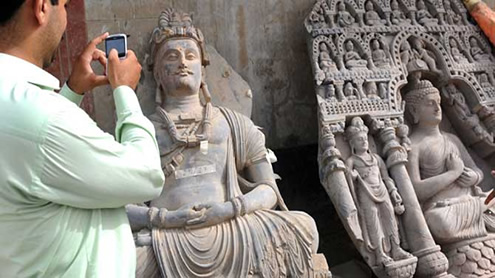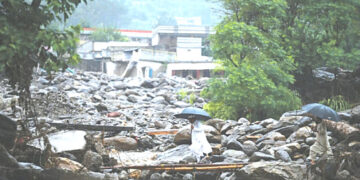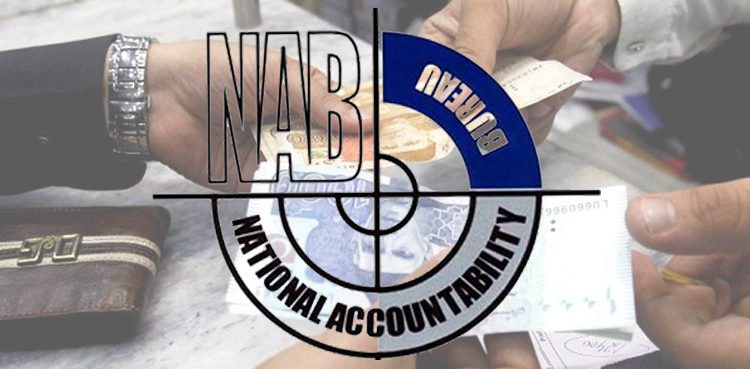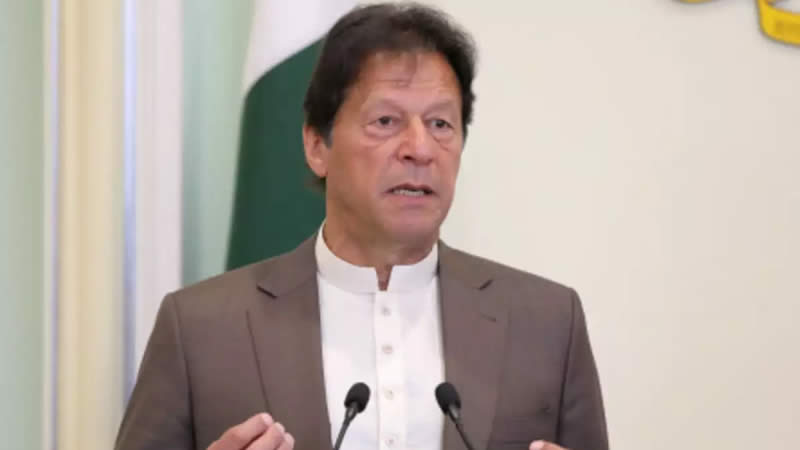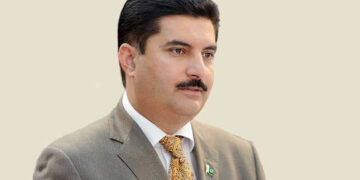
As cousins killed cousins, he borrowed more than 18,500 dollars to buy guns, ammunition and guards. But soon debtors were demanding repayment, leaving him so depressed he contemplated suicide.
He took Khan to a site in northwest Pakistan which dates back to the ancient Gandhara civilisation where they dug up 18 pieces of statue, selling them to market traders for two million rupees. After two more visits, Khan – AFP has changed the names of all those involved in the trade – had found enough statues, coins and ornaments to not only settle his debts but also bankroll his long-running feud. Thirty years on, he presides over a lucrative trade in illegally excavated treasures, smuggled to Thailand, Europe and America as part of Pakistan’s sophisticated but underworld business in archaeological remains.
“I can fight against my enemies and my friends’ enemies now. I’ve earned millions of rupees from this business,” he said, sitting next to a dozen automatic weapons in Charsadda, 130 kilometres from Islamabad. Pakistan is home to two ancient civilisations, the Indus, which dates back to between 2500 and 1700 BC, and the Gandhara, from 530 BC to 1021 AD. It is the Gandhara artefacts that are most highly prized. Statues of the Buddha, Siddhartha Gautama, who was born in Nepal in the 6th century BC and whose teachings grew into a major religion, can fetch thousands of dollars across the world. “Whenever I’m on a digging mission, I pay 10,000 rupees to the relevant police station as a bribe in advance and 1,000 rupees a day while the work continues,” said Khan. He sells the artefacts to dealers in Peshawar.
“Then they sell them to dealers in Islamabad and other cities who then export them to Thailand,” he said. “To smuggle it from Peshawar to Islamabad, they use ladies, who aren’t usually checked by police at the security posts.” – ‘Each Buddha sells for $20,000’ – Smuggler Raja Javed has customers in Peshawar, Thailand and Japan. “I’ve been doing this business for the last 20 years. I have sold hundreds of art pieces worth millions of rupees,” he told AFP at his plush villa, just metres from the museum in the Gandharan city of Taxila. Spread over almost an acre, the grounds of his home include lawns and guest houses, while the main residential building has the kind of huge dome usually found on tombs of Mughal kings and sufi saints.
“At a minimum I’ve sold 20 big Buddha statues (weighing 40 to 80 kilograms). Each piece sold for around 20,000 dollars,” said Javed. He does not believe what he does should be treated as a crime, but that the government should buy artefacts at market value. The law forbids anyone from moving or selling any archaeological artefacts – statues, gold coins, jewellery or utensils – even if they are unearthed on their own property. “They are the property of the government,” said Mehmoodul Hassan, a senior official of the archaeology department. “Anybody who moves or sells an artefact can face imprisonment of up to five years, or a fine of 500,000 rupees ($5,300) or both.”But in the smuggling business, it is all about who you know.
In Peshawar jewellery market, a hub for Afghan and Pakistani dealers, Javed and Khan’s main contact said: “One piece can cost up to $10 million, it depends on the quality, state and history of the particular piece. “I can arrange dozens of precious originals and copies for you, but transportation is hard,” he told an AFP reporter who posed as a buyer wanting Buddha statues for London. Fakes and replicas are another aspect of the trade. In Taxila, which continues to attract foreign visitors despite the terror threat in Pakistan, one sculptor chisels Buddha statues from new stone and paints them in mud to make them look ancient.
“I can provide you copies and replicas of any statue you want” he said, showing off his handiwork. “I am an expert at making fasting Buddha and the goddess.” – The ‘king’ of antiques smuggling – Customs officials say they have cracked down on the smugglers. “The whole system is computerised now and the chances of corruption are rare,” said Riffat Shaheen Qazi, a customs spokeswoman. “Some individuals might be involved in smuggling artefacts but we’re trying to curb this menace.” But an interviewee for this article suggested the names of two people in Islamabad with a gallery in Thailand who could help transport artefacts abroad.
One of them lives in a fort-style farmhouse in the mountains between Islamabad and the summer hill resort of Murree. Sporting a beard, and wearing a blue kurta with baggy white trousers and a yellow necklace, the man said his activities had become harder to carry out, but by no means impossible. “I smuggled antiques in my hand luggage while boarding a flight. But it has become much more difficult now. In the past, we sent a lot of huge items abroad, but now everything is scanned.” Even so, he added: “If you want to buy anything, contact my son in Bangkok. We also have a person in London, he can serve you there, but don’t try to make a deal over here in Pakistan.” Otherwise, he suggested Afghan smugglers might be able to help. “It has been four decades now,” he said. “I am a pioneer of this business, I am king.” -dawn


